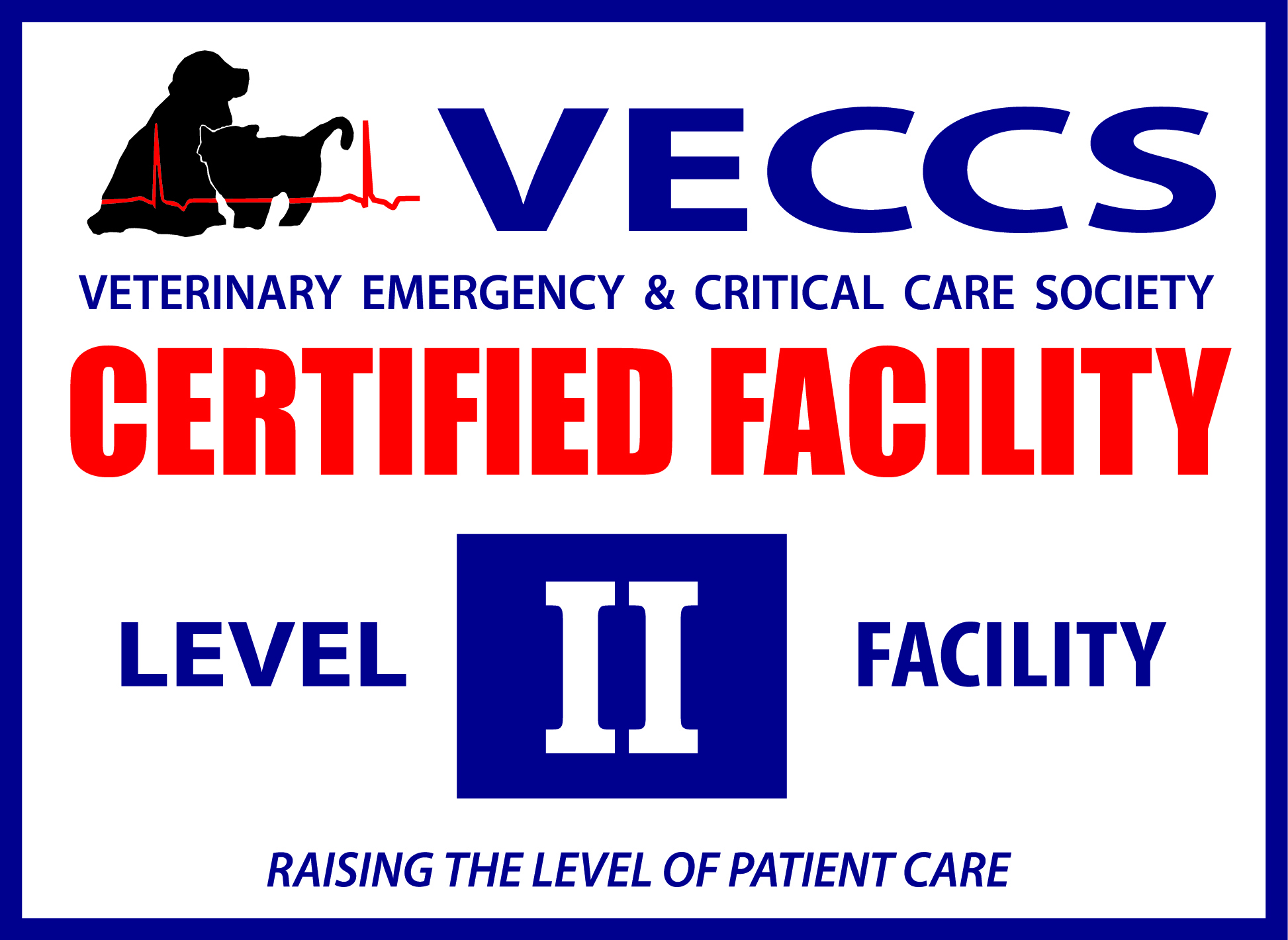
Procedure
This minimally invasive procedure is performed under anesthesia. Using a cystoscope, a laser fiber is used to debulk cancer within the urethra and urinary bladder. Simultaneous ultrasonography is used to guide the laser, and to assess the extent of tissue damage.
Indications to Take this Procedure
You should consider this operation if your dog has urotherial carcinoma within the urethra and at the trigone. Patients with substantial difficulty voiding or complete outflow obstruction are also suitable candidates. This procedure is not thought to prolong survival in dogs with non-obstructive lesions.
Patient Eligibility
- Female dogs must be able to accommodate a rigid cystoscope (generally more than 5 kg or 11 lbs)
- Male dogs must be large enough to accommodate a flexible scope (generally more than 8 kg or 17 lbs)
Cost
$2000-$2500, depending on duration of procedure. Pre-operative evaluation may be necessary (labwork, thoracic radiographs, etc.) and will incur additional costs. Pre-operative costs are higher for dogs unable to urinate at presentation.
Length of Stay
Most patients are discharged within 24 hours.
Potential Complications
Risks include perforation (uncommon, but can be life-limiting), and infection and seeding (spreading) of the cancer within the urinary tract.
Anticipated Outcome
This procedure alleviates symptoms; it does not cure them. Most dogs experience a 2-4 month improvement in clinical signs (difficulty emptying, excessive straining, etc). The procedure can be repeated as needed. Adjunctive therapy (e.g., nonsteroidal anti-inflammatories, chemotherapy, radiation) is strongly recommended.
Contact
If you have any questions, please contact the Texas A&M Interventional Radiology & Endoscopy Service via email at guidewire@cvm.tamu.edu or by phone at 979-845-2351.



